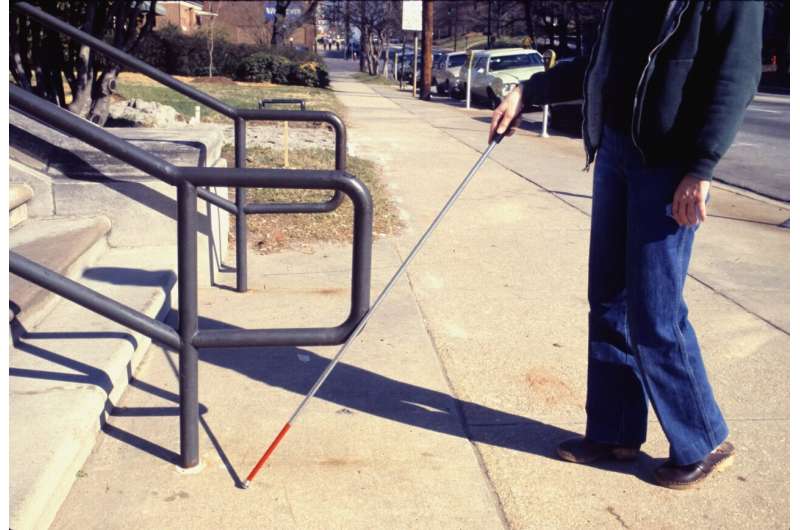This article has been reviewed according to Science X's editorial process and policies. Editors have highlighted the following attributes while ensuring the content's credibility:
fact-checked
trusted source
proofread
Descriptive boost for visual accessibility

There are an estimated 280 million people in the world with debilitating levels of visual impairment. A new tool to empower them with a richer understanding of their surroundings is presented in the International Journal of Engineering Systems Modelling and Simulation.
S. Pavithra, T. Helan Vidhya, D. Gururaj, and P. Shanmuga Priya of the Department of Electronics and Communication Engineering at Rajalakshmi Engineering College and V. Prabhakaran of the Department of Biomedical Engineering at Aarupadai Veedu Institute of Technology in Chennai, Tamil Nadu, India, have demonstrated that integrating digital image processing and voice technology allows them to a certain degree bridge the gap between visual impairment and a person's surroundings.
The core of their approach lies in a system that captures real-time images and translates them into audio descriptions. It utilizes sophisticated image recognition algorithms powered by machine learning and allows the computer to identify objects within a scene with remarkable accuracy, the team reports. The researchers explain that the process is helped by platforms such as TensorFlow and ensures that users receive detailed descriptions tailored to their immediate surroundings.
The new technology goes way beyond simple object recognition. It functions as a personal assistant, providing users with timely updates on relevant information and potential hazards that they may encounter in navigating their environment whether at home or elsewhere. The team also points out that a distress call mechanism can be used in the system to add an extra layer of safety, being activated in an emergency situation in order to summon help.
The researchers have tested their system rigorously, demonstrating high accuracy rates in identifying both primary (90% accuracy) and secondary objects (80%). Moreover, they have demonstrated that it can be adapted to different environments, whether indoor or outdoor. It distinguishes itself in this way from current solutions that may be limited in scope or responsiveness.
The team hopes that their new technology will improve the quality of life for visually impaired people by addressing the shortcomings of current assistive technologies. By enabling real-time interaction with the world, this innovation will foster independence and inclusion, the researchers suggest.
More information: S. Pavithra et al, Machine learning and image processing technique to describe outdoor scenes for visually impaired people, International Journal of Engineering Systems Modelling and Simulation (2024). DOI: 10.1504/IJESMS.2024.136970


















